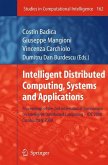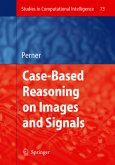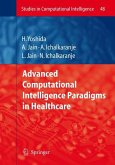The case-based reasoning (CBR) and case-based design (CBD) have been around for some time and established themselves as one of the commonly used mechanisms of approximate reasoning in intelligent systems and de- sion support systems, in particular. In a nutshell, the CBR mechanisms o?er a powerful and general environment in which we generalize on a basis of - ready accumulated experience being represented in the form of a ?nite and relatively small collection of cases. Those cases constitute the essence of the existing domain knowledge. When encountering a new situation we invoke and eventually modify the already collected decision scenarios (cases) and arrive at the pertinent decision or a certain design alternative. Interestingly, uncertainty or granularity of resulting decision is inherently associated with the nature of the cases being used in the reasoning process and a way in which partial matching takes place between the historical ?ndings (cases) and a current evidence. ThebookbyProfessorsAvramenkoandKraslawskiisuniqueinseveral- portant ways. First, it is an impressive and in-depth treatment of the essence of the case-based reasoning strategy and case-based design dwelling upon the algorithmic facet of the paradigm. Second, the authors provided an excellent applied research framework by showing how this development can be e?- tivelyutilizedinrealwordcomplicatedenvironmentofprocessengineering-a pursuit that is rarely reported in the literature in such a comprehensive m- ner as done in this book.








